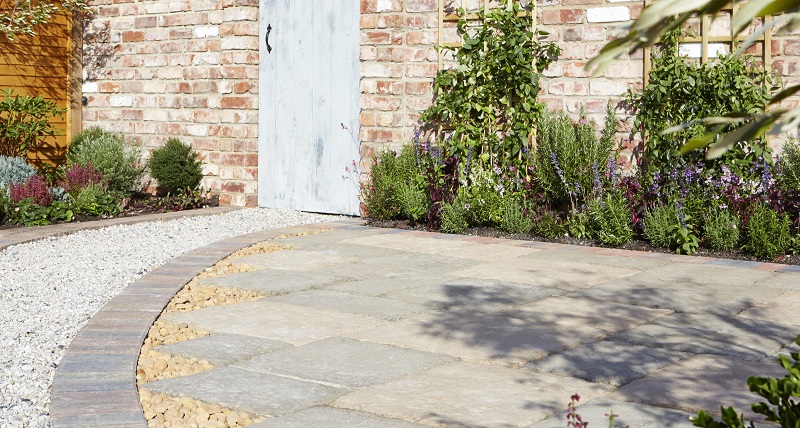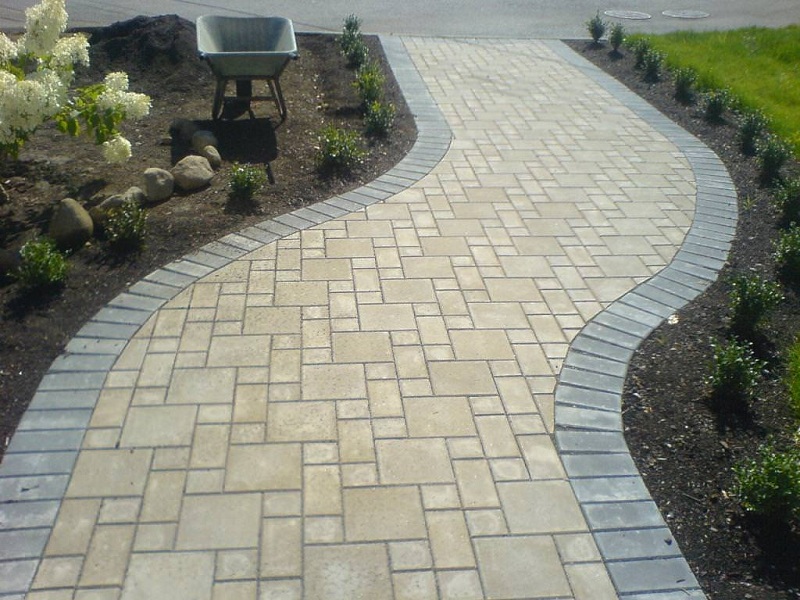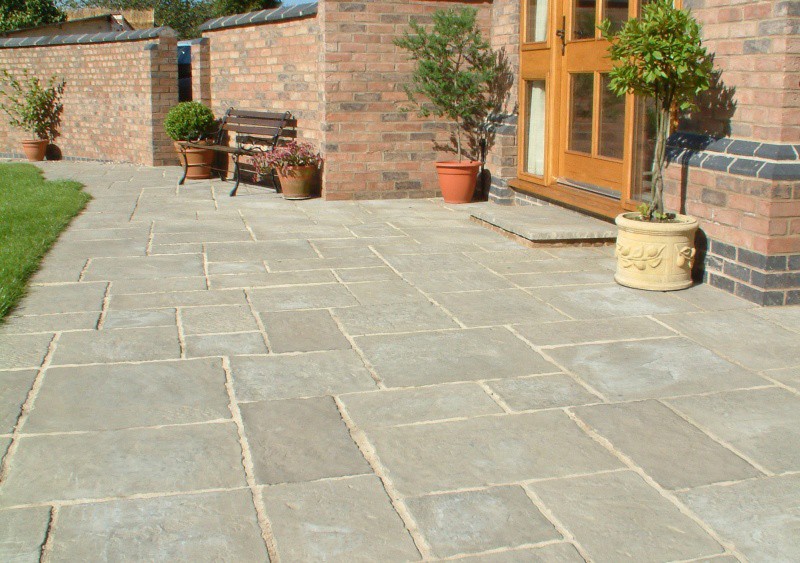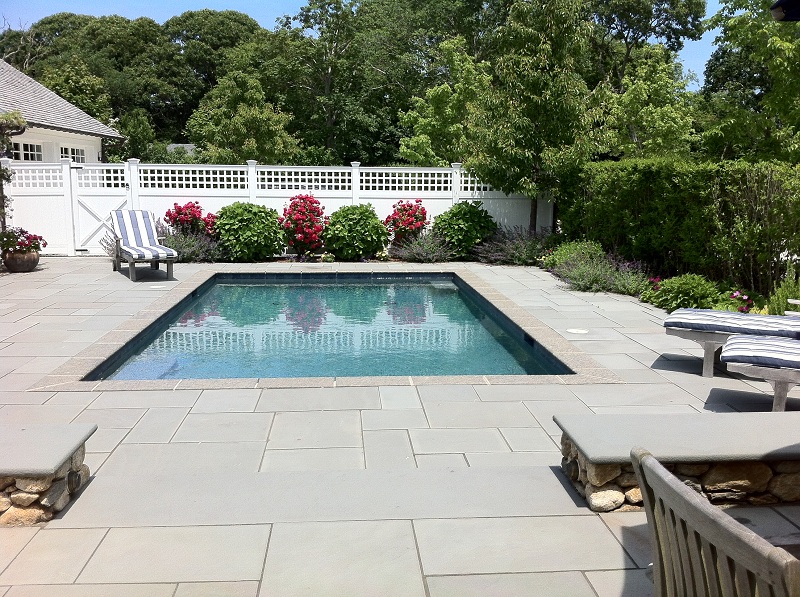Today one of the most popular building materials is paving slabs, best suited for paving suburban, park and pedestrian areas. Wear-resistant, helping to translate into reality a wide variety of design ideas, it is characterized by a variety of colors, shapes, types and long-term use. However, acquiring this wonderful building material and determined in the vast choice provided by the domestic market, you need to know how to choose paving slabs and what should you focus on before buying?

Tile features
The popularity of paving slabs is due to the considerable choice of outlines, forms and its undeniable advantages, such as:
- environmental friendliness, due to its production from natural, highly environmentally friendly raw materials without harmful dyes and additives;
- high strength (about 30 MPa / cm²) – the ability to withstand strong mechanical loads;
- low abradability (not more than 0.7 g / cm ² per year), significantly extending the period of its use;
- moisture absorption – no more than five percent by weight;
- resistance to very low temperatures (about two hundred cycles of freezing and thawing) and various climatic conditions;
- elementary courtship and the difficulty of cleansing from dirt;
- the ability to create numerous options for laying, thanks to various combinations of tiles of different colors, size and texture;
- an organic combination with any landscape will be the suburban or urban area;
- low cost of laying, care, and maintenance.

With all the advantages of a paving slab, there are some, albeit few, disadvantages that must be taken into account when choosing building materials. It:
- uneven drawdown with illiterate installation;
- Sliding on the tile in the winter, sometimes leading to injury.
Tile types
Which paving tile to choose? This issue worries every potential buyer. When determining with the purchase of a tile, one must keep in mind the way it is produced. This causes its structure, color uniformity, and properties. The most common are two ways of making tiles that are used for different purposes, and therefore not constituting mutual competition.
- Vibrating casting is a tile made by hand for country and garden paths where there is no active movement. Not much inferior in strength and quality of the pressed one, it outweighs it several times in terms of visual perception due to its smooth, even and shiny surface, a variety of shapes and, often, the content of the design. There is a possibility of repainting its original light tone to anyone that suits the user. The most resistant colors are yellow, red, black, brown.
- Vibropressing is a tile with a rough surface, designed for laying roads, creating car parks, gas stations and driveways, at low temperatures and in areas with negative weather conditions. This square, rectangular or hexagonal tile is durable, frost-resistant, resistant to abrasion and viable. However, it does not stand out with special attractiveness and refinement. Products created by vibropress has a low natural color (light gray). Its advantages are in small cost and excellent “geometry”, which significantly simplifies installation. Optimally, of course, to acquire a small tile, as large can crack more likely.

Recommendations to buyers
In order to purchase an excellent high-quality tile that will last you a long time, you need to know about it:
- What it is made of. The composition of the pavement should include cement grade 500, crushed stone without clay, sand, plasticizers, and concrete modifier additives to improve certain characteristics.
- Production method – casting or vibro-pressing. Choosing vibrocast tiles, pay attention to the ringing when you hit two products. If it occurs, then the tile is perfectly dried and quite ready for laying. Extremely bright color indicates a high pigment content. And the more dye in a product, the weaker it is – the pigment affects its strength properties. The entire tile batch should be uniformly and uniformly colored. Test it all possible, examining the tile for a break. A vibropressed product is expensive. The low cost indicates that the quality of raw materials used in production leaves much to be desired.
- The conditions of its hardening – after all, the quality of products for a third depends on how it hardened. If outdoors or in a draft, in principle, it is not necessary to choose. If in a dry cell, without moisture, these specimens are suitable for work, but in the absence of a better option. After all, with this method of curing it is possible to dry the tiles and, accordingly, low strength. The best quality of the product is provided when it hardens in the steam chamber.
- Visual inspection at which you want to focus on the front side of the tile (without pores, microcracks, and cavities), wrong (roughness) and dying. The smoothness of the reverse side, pores, bubbles, and luster indicate a high content of water in the composition of the tile, which negatively affects the quality of its manufacture and strength, that is, the abrasion of the front part will be more and frost resistance lower. Everything else, high-quality tiles must have the correct geometric proportions. And it should not contain foreign inclusions.
- Is there a certificate of quality, warranty from the manufacturer, and what its duration is?
The sample of high-quality paving slabs is determined. If there are serious requirements for strength and operational durability, it is mainly used tile with a thickness of 80 mm, when pulling out sidewalks – 60 mm. The strength of the tile and the one and the other thickness is approximately equal. The durability of the coating is determined to a greater extent by the quality of the preparation of the base before laying. For more durable building material, the prepared base should be concrete (sand and cement – 3: 1) or asphalt.
And, of course, before acquiring paving slabs, it is necessary to carefully calculate the amount that you need, since it will not be so easy to get it later. After all, the same type of tile from different lots does not always correspond in size and shade. It should be noted that the most saving time and effort is a large tile. And the most popular and cheap – unpainted tile.

Laying paving slabs
And a little bit about tile laying technology:
- paving slabs are not recommended to be laid in bad weather and rain without a protective canopy;
- the composition of the sand cushion should not be clay and lumps;
- required inter-tile distance – from three to five mm;
- a small tile (30 × 30) is laid on cement;
- seems better than a cement-sand mixture;
- Pavement tiles cannot be sprinkled with sawdust.
Do not forget that competent laying of paving slabs of high quality, with a well-prepared base and excellent drainage, without deviations from the recommended technologies, will last for many decades without losing your appearance!


